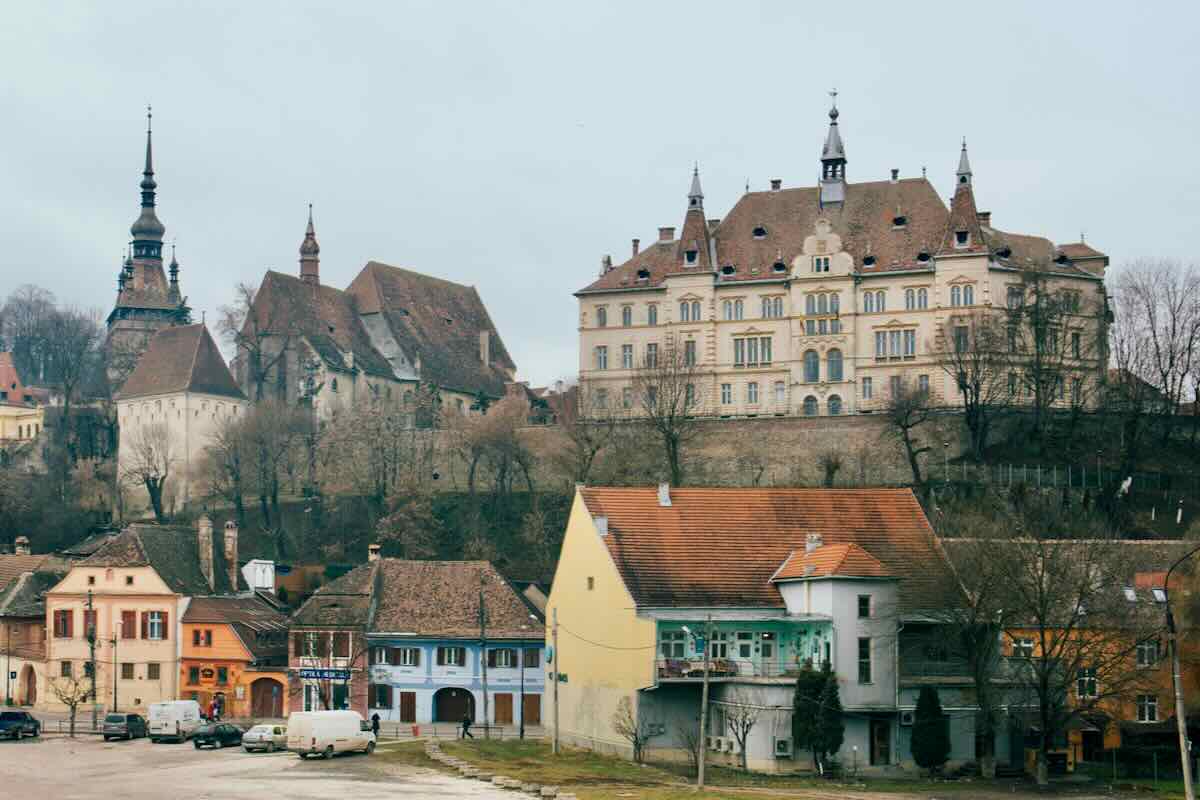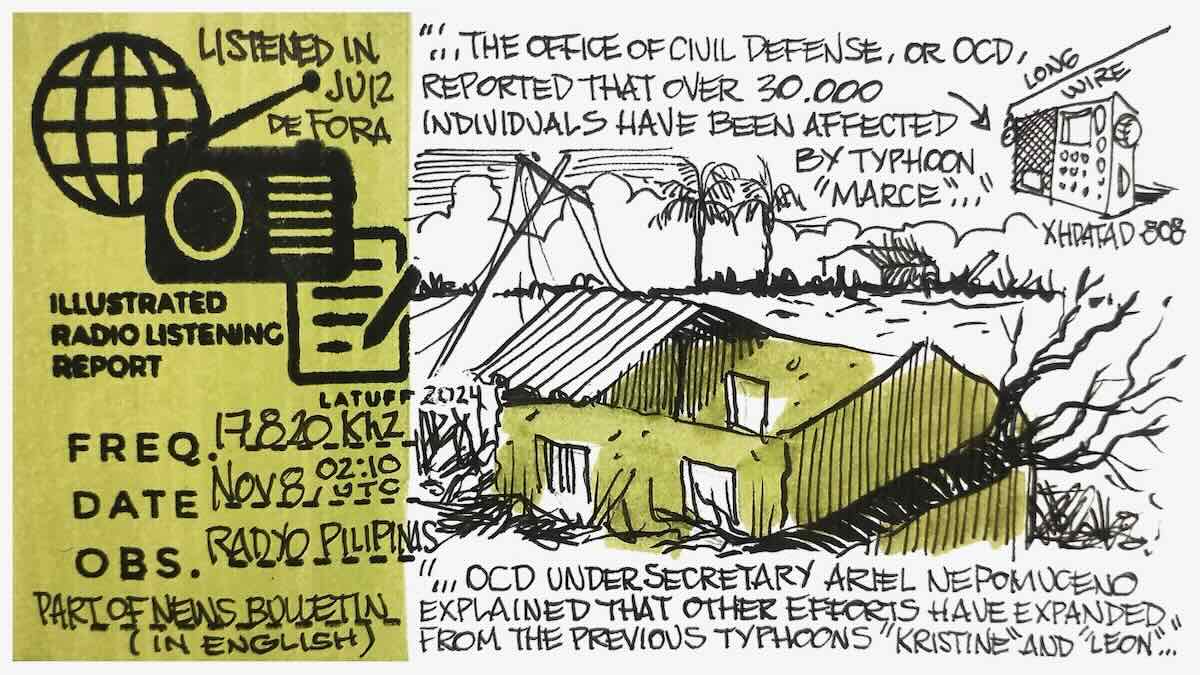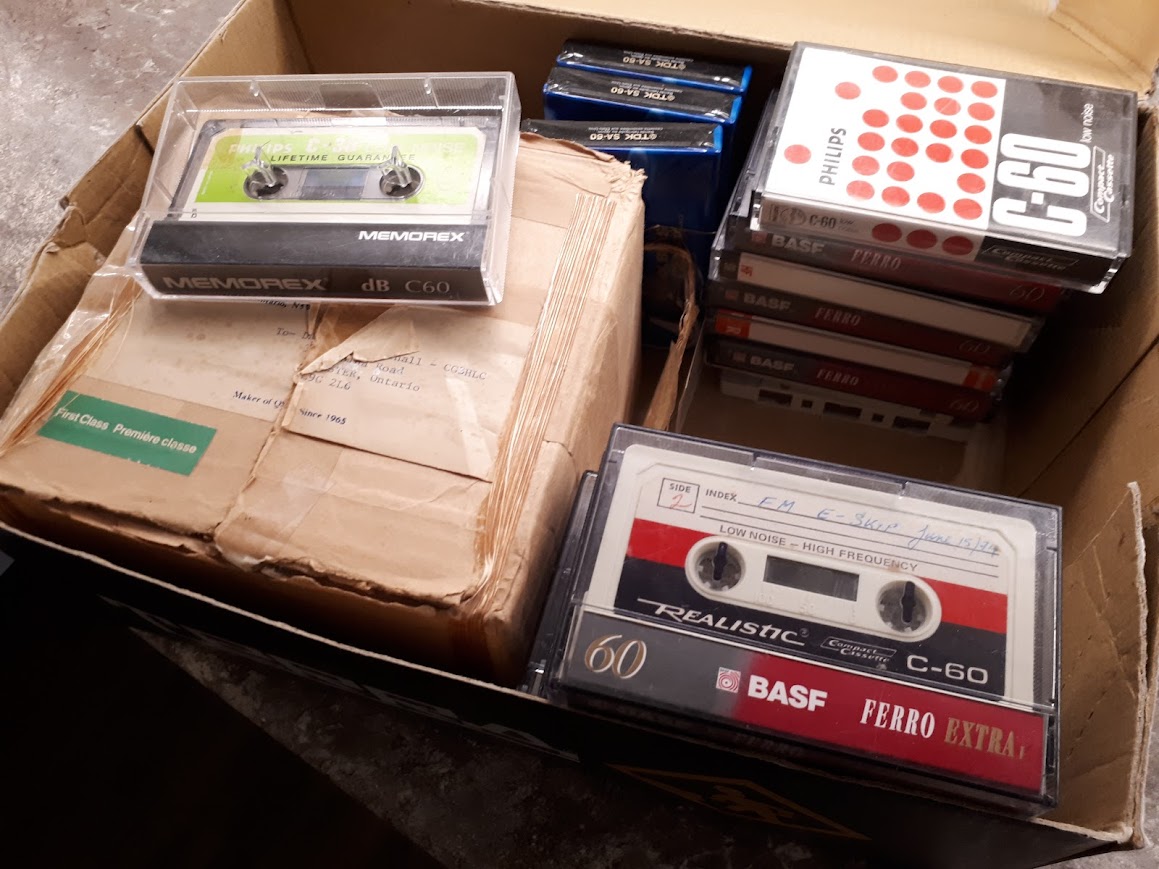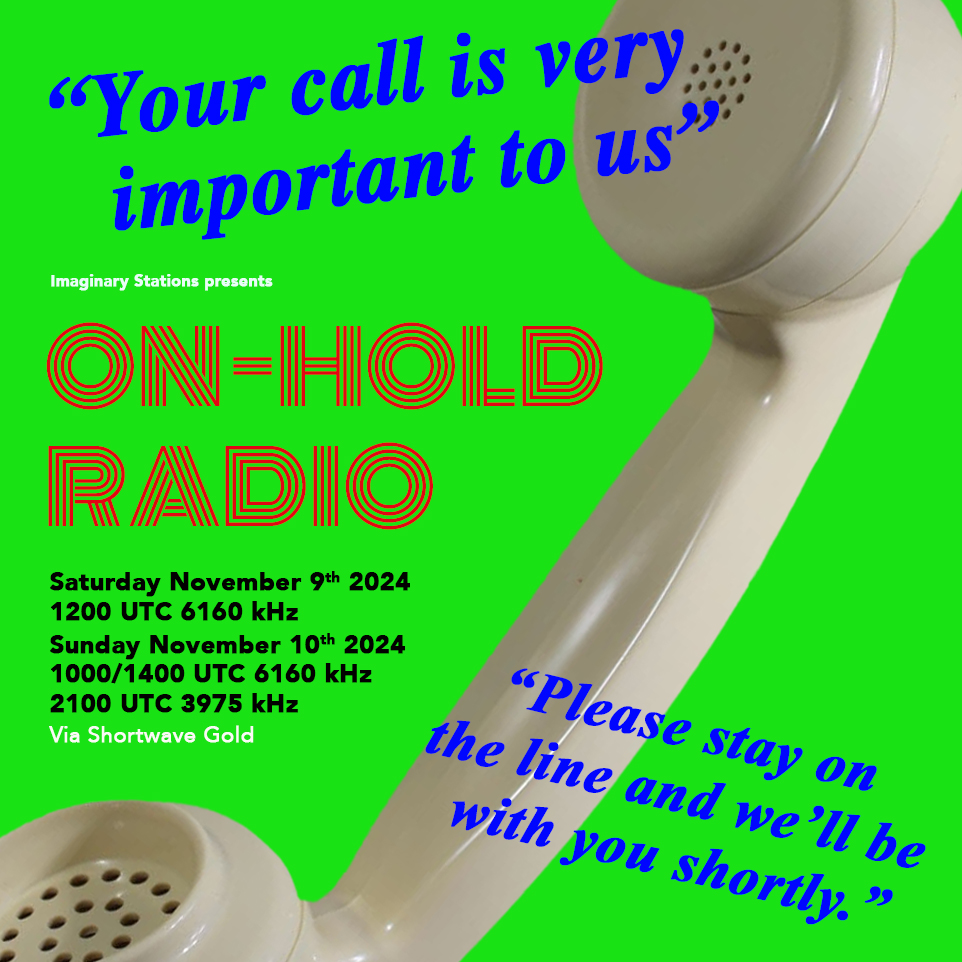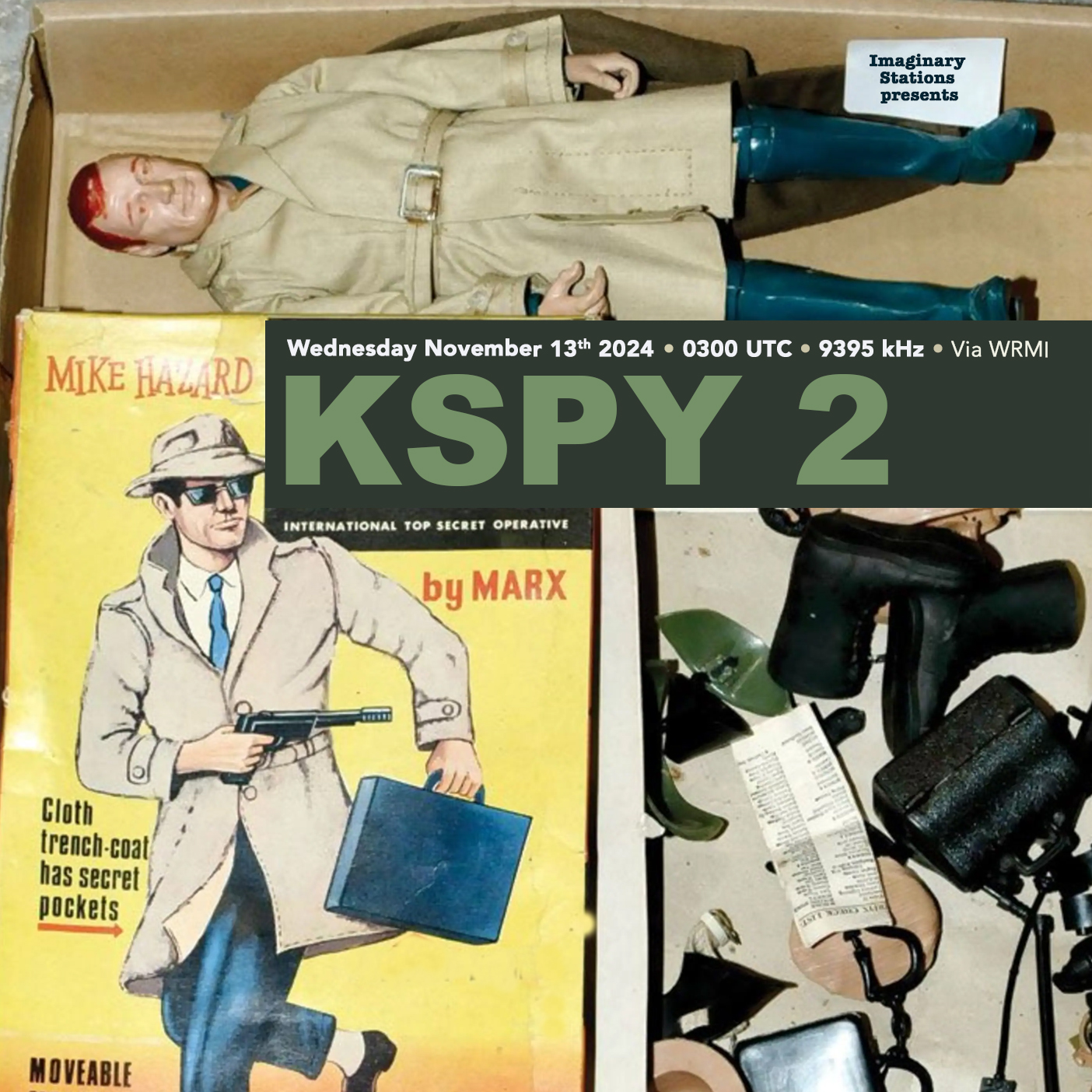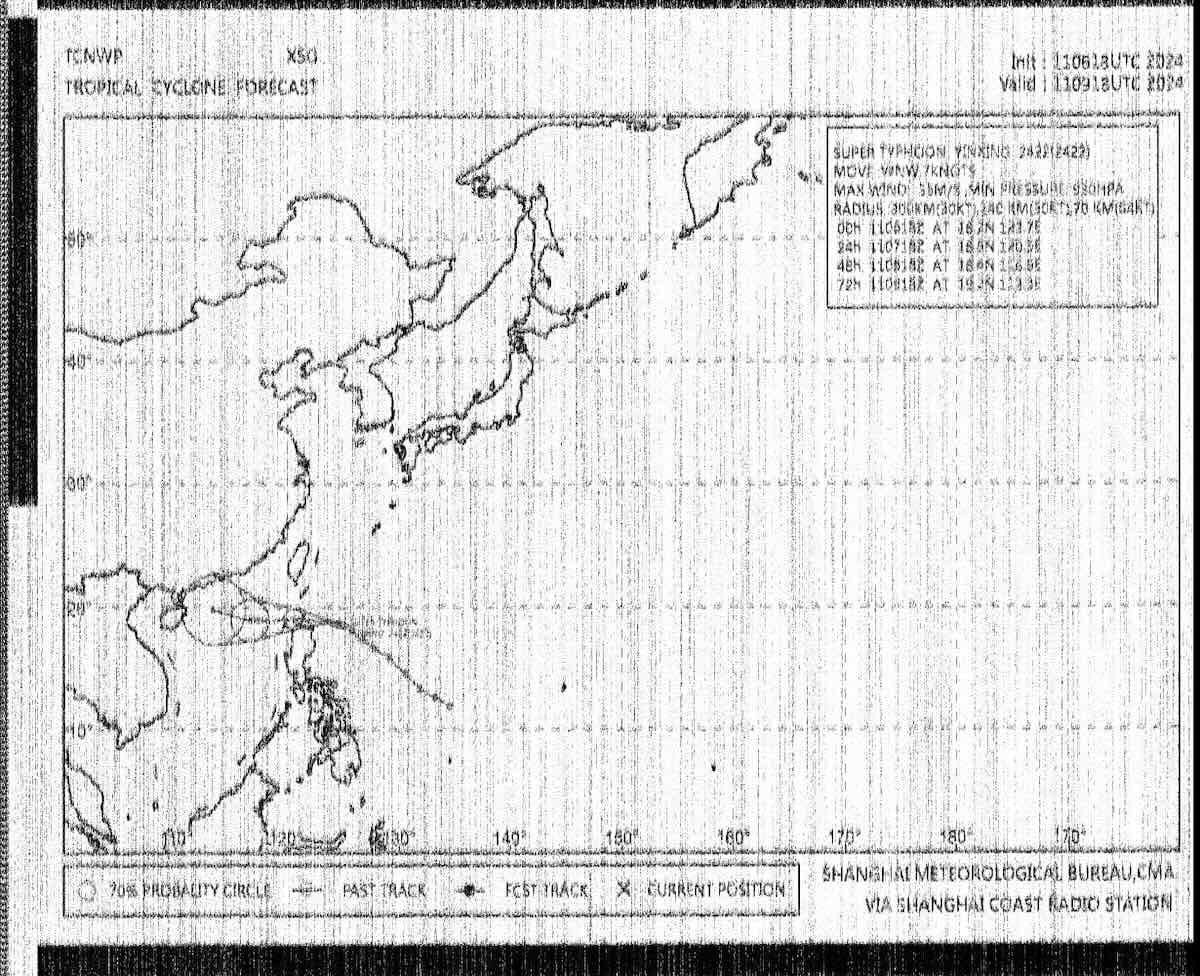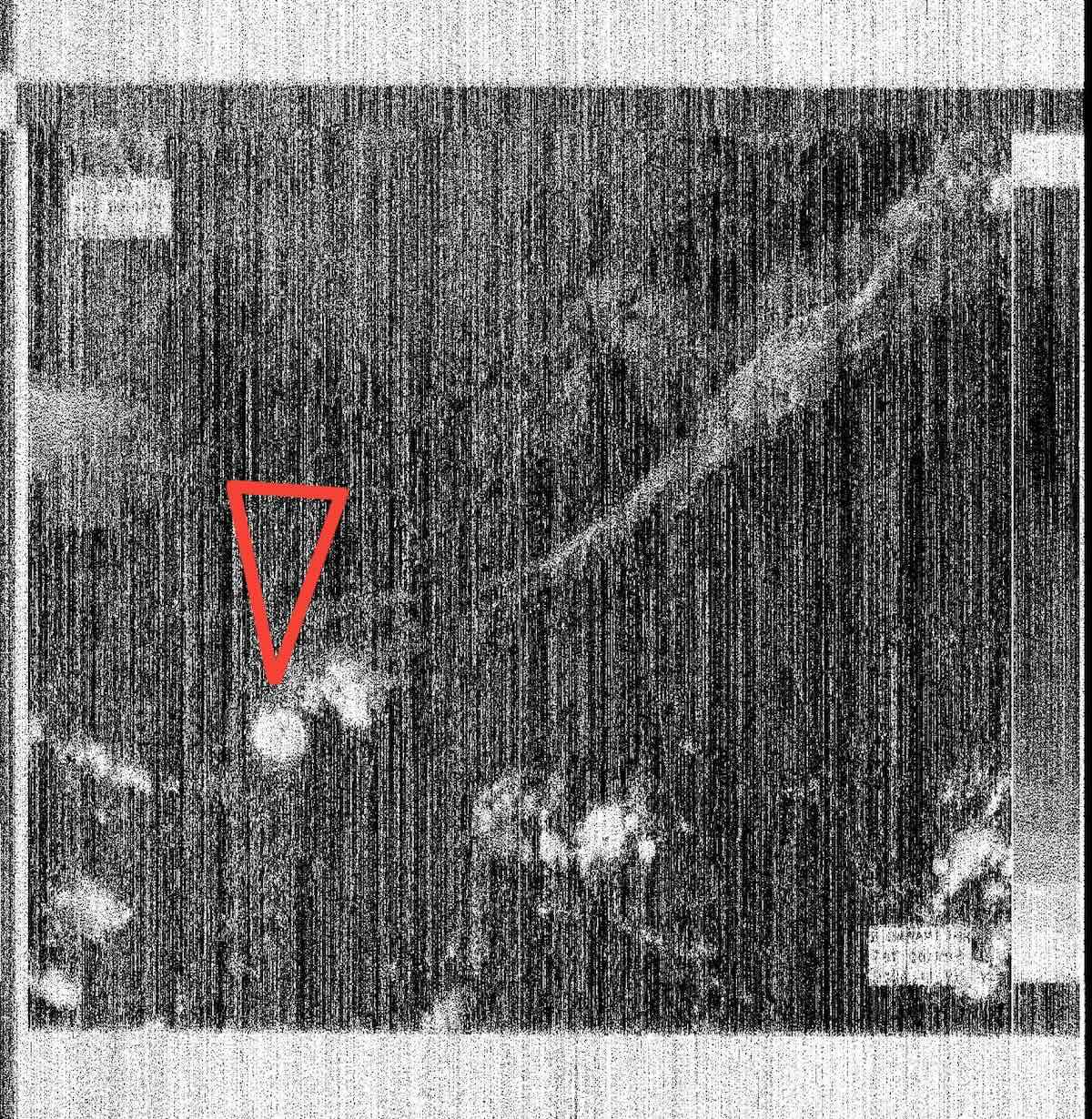Many thanks to SWLing Post contributor, Bob Colegrove, who shares the following guest post:
 Channel 6 Radio Stations
Channel 6 Radio Stations
By Bob Colegrove
Even after all these years, I still find occasional surprises while playing with radios. How did I miss this one? I recently did what I thought was a definitive audit of the available FM stations in my area. Then, just the other day I happened to tune down below 88.1 (FM Channel 201). At 87.7 MHz I came across some delightful Latin music in clear stereo and proceeded to park the tuning knob there for a listen. At first, I thought I might simply have some intermodulation from a strong local station, but the stereo signal was much too clear. So, I resorted to the internet to determine what was going on. Turns out, according to their website, I was listening to DC 88.7FM in Fairfax, Virginia – no call letters, just “DC 88.7FM.”
Further investigation indicated that the station is officially WDCN-LD a low-power operator, but you won’t find it listed on the FCC FM Query site. That’s because it is something of a legacy station, a carryover from analog TV days when the audio for Channel 6 was broadcast with the carrier centered on 87.75 MHz, within the range of most FM receivers. Having discovered this, I retuned the radio slightly to 87.75 MHz and found the signal strength peaked. Wikipedia describes the history of WDCN-LD at https://en.wikipedia.org/wiki/WDCN-LD.
Of further interest is the history of so-called “Channel 6 FM radio stations.” The evolution of present-day stations is long and involved. Over several years, the FCC formed committees, requested comments, held hearings, wrote reports, published proposals, rendered rulings, and ultimately granted waivers. For the full story, see https://en.wikipedia.org/wiki/Channel_6_radio_stations_in_the_United_States. What resulted are legacy stations dating back to analog TV days which continue to operate sans video as de facto FM stations. For all practical purposes, we have a modest extension of the FM band. There are, in fact, 14 such stations currently spread across the lower 48 states. It is unlikely that the circumstances which created these stations will ever result in more stations being added. As of July 20, 2023, an FCC report and order restricted these stations to those already licensed and current licenses untransferable.
Do you live near a Channel 6 FM radio station?
Just to complete the picture, there is also officially an FM Channel 200 at 87.9 MHz, which was established in 1978, but to my knowledge is not used. Does anyone have any information on FM Channel 200?
As an historical aside, the present-day FM band, 88 to 108 MHz, is located directly between analog TV Channels 6 and 7. In 1958, to foster FM use, Regency Electronics, Inc. marketed a converter, Model RC-103, in a handsome Bakelite case, which could be attached between the antenna (generally “rabbit ears”) and the TV set. The converter contained a single transistor and was powered by three AA batteries. By tuning the TV to Channel 6, turning on the TeleVerter to FM, and rotating its dial, one effectively detuned the Channel 6 audio frequency upward, and could listen to the entire FM band. As this converter was manufactured prior to the advent of stereo broadcasting, the sound was in mono, and fidelity was limited to the audio quality of the TV. My dad bought one of these. It was connected to our Arvin 12”, B/W tabletop TV, and it served as our first FM radio for a few years. There were only a few stations at that time, mostly classical as I recall. Thus “FM” came to stand for “fine music.”




